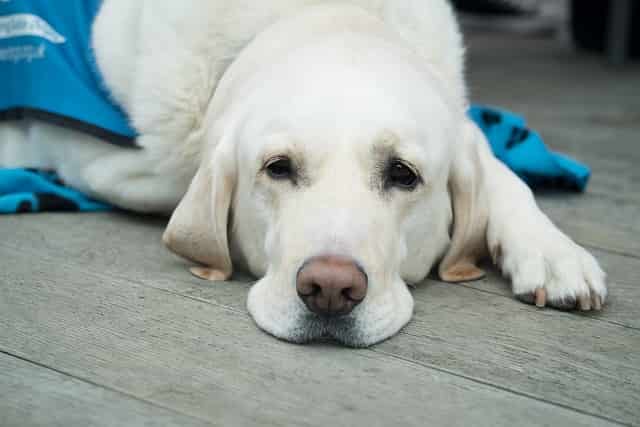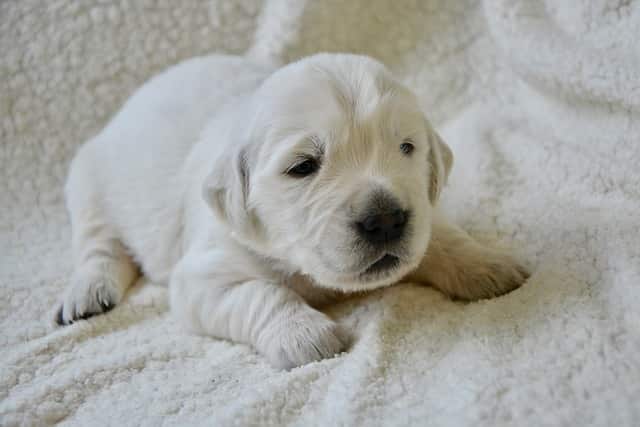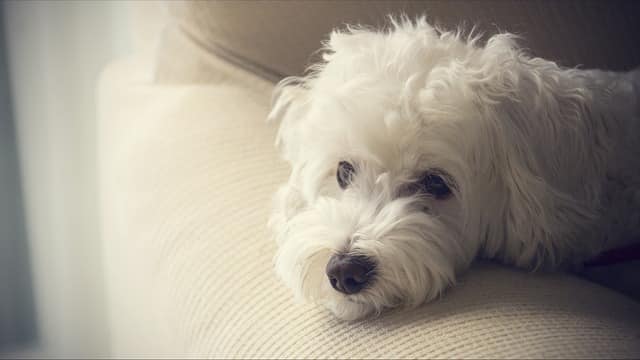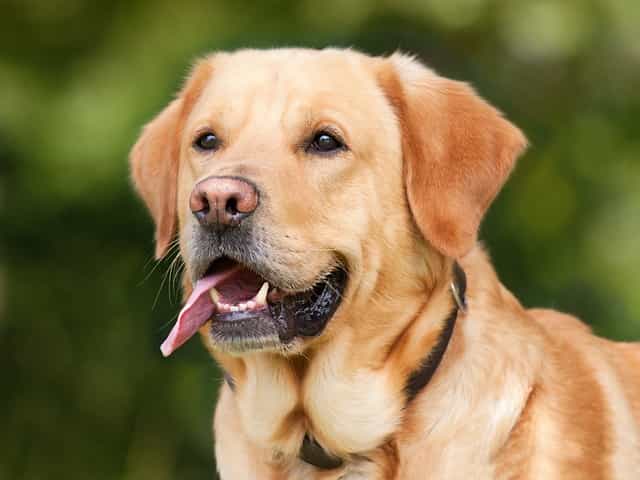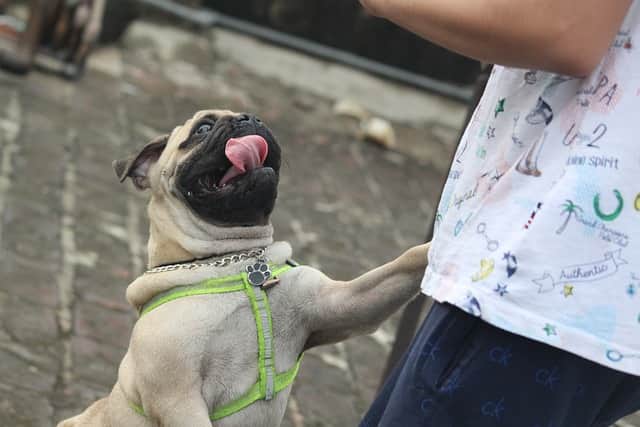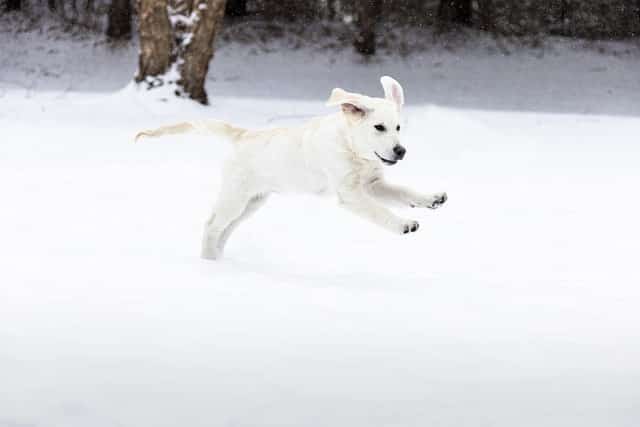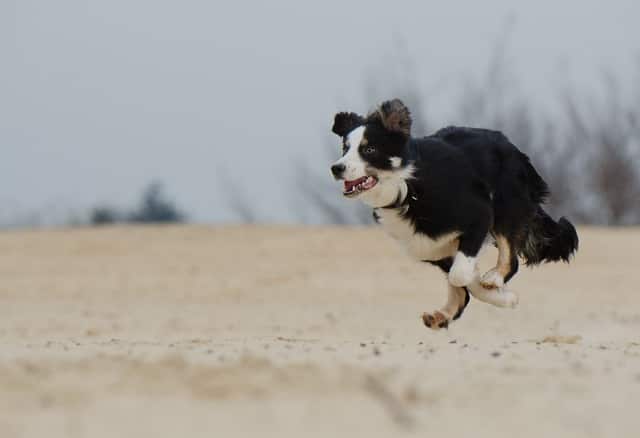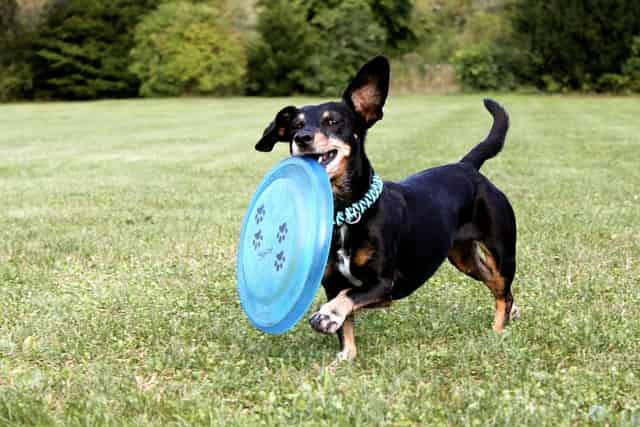
Dogs are known for their peculiar behavior, and one of the most common is rolling in poop. This is a behavior that has been observed in dogs of all breeds, ages, and sizes. While it may seem disgusting to us, it is a natural behavior for dogs, and there are several reasons why they do it.
One of the most common reasons why dogs roll in poop is to mask their scent. In the wild, dogs would roll in the feces of other animals to disguise their own scent and avoid being detected by predators. While our domesticated dogs may not have to worry about predators, they still have a strong instinct to cover up their own scent.
Another reason why dogs roll in poop is to communicate with other dogs. Dogs use their sense of smell to communicate with each other, and by rolling in poop, they are able to pick up the scent of other dogs and learn more about them. This behavior is particularly common in male dogs, who use their scent to mark their territory and attract females.
Dogs’ Sense of Smell
Dogs have an incredible sense of smell, with an estimated 300 million olfactory receptors in their noses compared to the 6 million in humans. This means that dogs can detect scents up to 100,000 times better than humans. In fact, dogs have such a powerful sense of smell that they are often used in various fields such as law enforcement, search and rescue, and medical detection.
When it comes to rolling in poop, dogs may do this to mask their own scent or to pick up the scent of other animals. It is believed that dogs have a natural instinct to disguise their own scent in order to avoid detection by predators or to sneak up on prey. Rolling in poop or other strong-smelling substances may help to mask their own scent and make them less noticeable to other animals.
Another reason why dogs may roll in poop is to pick up the scent of other animals. Dogs have a strong desire to explore their environment and to gather information about the world around them. By rolling in poop or other strong-smelling substances, dogs may be trying to pick up the scent of other animals in the area. This can help them to identify potential prey, locate other dogs, or simply gather information about their surroundings.
Instinctual Behavior

One of the reasons why dogs roll in poop is due to their instinctual behavior. This behavior is linked to their wild ancestry and hunting instincts.
Wild Ancestry
Dogs are descendants of wolves, which were scavengers and hunters. They would roll in the feces of other animals to mask their scent and avoid detection by prey. This behavior helped them to hunt more effectively and increase their chances of survival.
Hunting Instincts
Rolling in poop may also be a way for dogs to disguise their scent while hunting. This behavior is especially common in hunting breeds, such as hounds and terriers. By rolling in poop, they can mask their natural scent and blend in with their surroundings, making it easier for them to sneak up on prey.
Overall, this instinctual behavior is deeply ingrained in dogs and can be difficult to eliminate. However, with proper training and positive reinforcement, it is possible to discourage this behavior and keep your dog clean and odor-free.
Communication

Dogs use a variety of methods to communicate with each other, and rolling in poop is one of them. This behavior can convey information about a dog’s territory, social status, and even their health. Understanding why dogs roll in poop can help owners better understand their pets and improve their relationship with them.
Marking Territory
Rolling in poop can be a way for dogs to marImage their territory. The smell of feces can linger for a long time, and rolling in it can help a dog spread their scent over a larger area. This can signal to other dogs that the area is already claimed and discourage them from entering.
It’s important to note that not all dogs roll in poop to mark their territory. Some dogs may simply enjoy the smell or texture of feces, while others may do it out of boredom or as a way to get attention from their owners.
Social Interaction
Rolling in poop can also be a way for dogs to communicate with each other. In some cases, dogs may roll in poop as a way to show submission to a more dominant dog. By covering themselves in the scent of another dog’s feces, they may be signaling that they are not a threat and are willing to submit to the other dog’s authority.
On the other hand, some dogs may roll in poop as a way to assert their dominance over other dogs. By spreading their own scent over a larger area, they may be signaling to other dogs that they are the top dog in the area.
Overall, rolling in poop is a complex behavior that can serve a variety of purposes for dogs. While it may seem gross to humans, it’s important to remember that this behavior is a natural part of a dog’s communication and socialization process.
Medical Reasons
While rolling in poop can be a natural behavior for dogs, it can also be a sign of underlying medical issues. Here are some possible medical reasons why a dog may roll in poop:
- Parasites: Dogs infested with parasites like fleas, ticks, or lice may roll in poop to mask their scent and avoid detection by the parasites.
- Anal gland issues: Dogs have two small scent glands near their anus that can become impacted or infected, causing discomfort and a strong odor. Rolling in poop may provide temporary relief.
- Ear infections: Dogs with ear infections may roll in poop to alleviate the itchiness and discomfort caused by the infection.
- Allergies: Dogs with skin allergies may roll in poop to relieve the itching and irritation caused by the allergy.
If your dog is rolling in poop excessively or exhibiting other abnormal behaviors, it’s important to consult with a veterinarian to rule out any underlying medical issues and ensure your dog’s overall health and well-being.
Conclusion

Overall, while the behavior of dogs rolling in poop may seem gross and unpleasant to humans, it is a natural and instinctive behavior that is an important part of a dog’s life. By understanding and accepting this behavior, dog owners can help their dogs lead happy and healthy lives.


